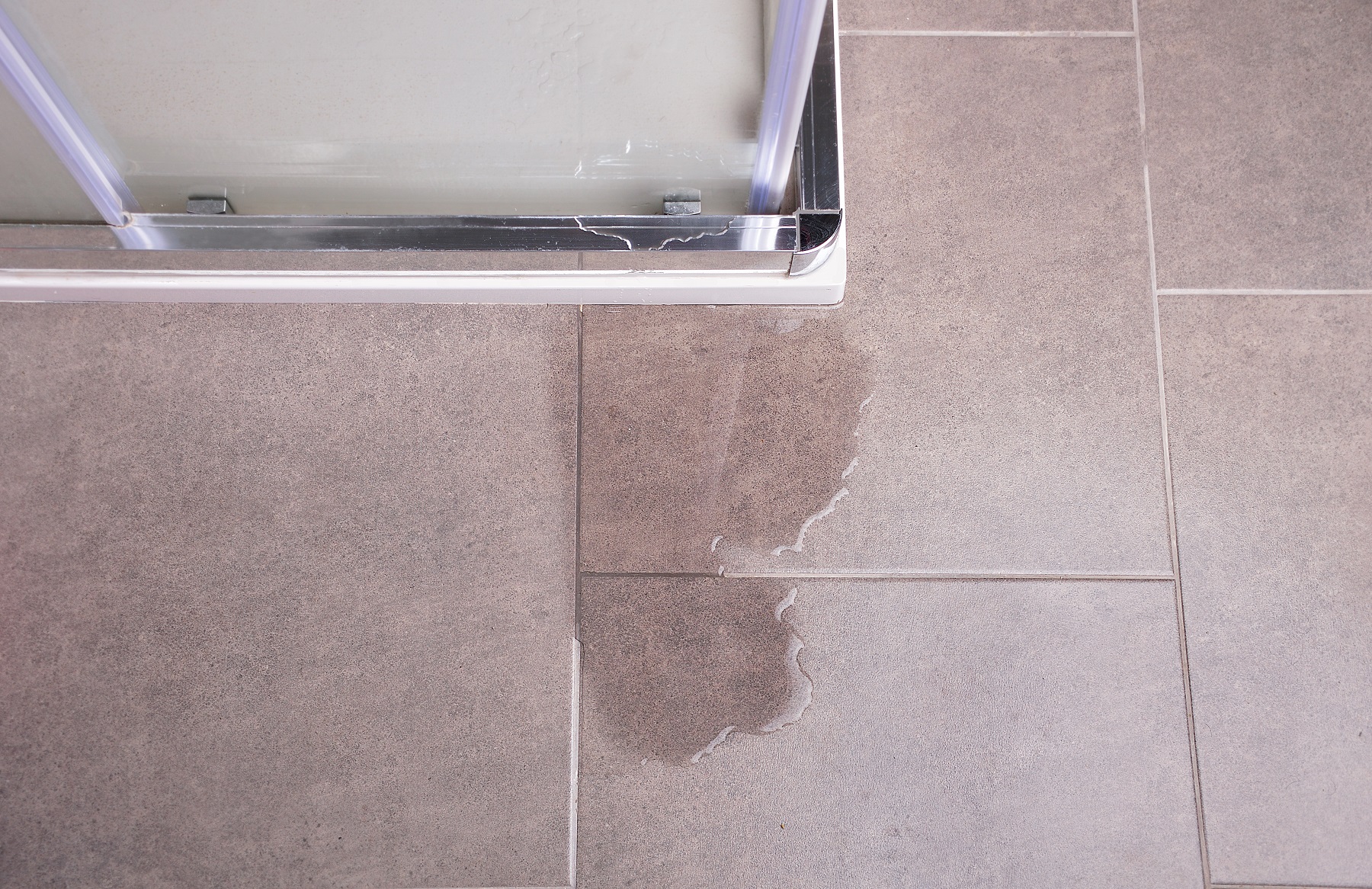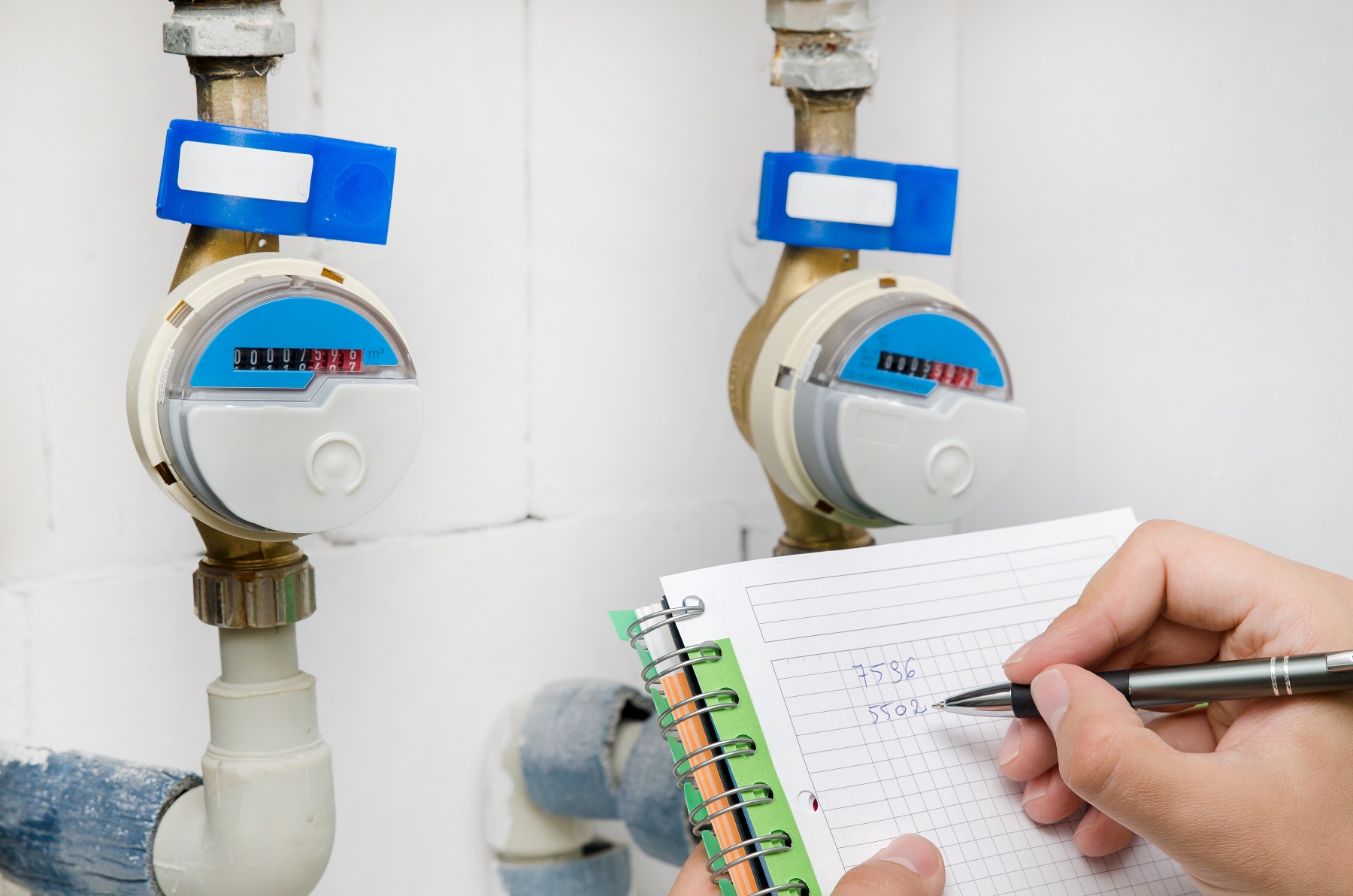How to Detect Water Leaks Quickly to Avoid Costly Water Damage
Finding water leaks in kitchen and bathroom plumbing and having them repaired are essential to avoid costly water damage repairs. There are several different leak tests you can perform yourself before tearing out walls or calling your plumber for assistance.
Most water leaks will occur either in the kitchen or bathroom. However, depending on the age of the home and type of plumbing, some leaks can be more difficult to find if they occur within the walls. Yet, detecting leaking pipes inside walls is also not difficult if you know what to do.
Shower Plumbing Leaks
To inspect and test for shower plumbing leaks, there are several tests you can perform. Start by turning on the shower or tub faucet. Look for leaks around the showerhead where it connects to the plumbing line. Check for leaks coming from around the fixture.
Next, if you have shower doors on your shower or tub, step inside and shut the doors. Pour a small amount of water on the doors, just enough so it runs down. Get out and inspect around the bottom of the door to see if it leaked out. If it did, then the caulking needs to be replaced.

Plug the drain and fill the shower base or tub with about two inches of water. Take a washable marker and make a line at the top of the water level. Wait for two to three hours and check to see if the water level went down. If it did, there is a leak and the shower pan or tub needs replacing.
You should also look for missing grout and cracked tiles on the walls inside the shower and tub. If you find any, have the cracked tiles and grout replaced so the wall is properly sealed.
Toilet Leaks
It is easy to tell if water is leaking from the toilet tank because there will be water on the floor or the pipe coming from the intake line. The other place to check for leaks is around the base of the toilet if there are water stains you notice. If you have water staining that keeps returning, it means the wax ring or flange needs to be replaced.
Kitchen and Bathroom Sink Leaks
Open up the cabinets and look at the cabinet base for water stains. If you notice any, there is a leak. Check the water supply lines to see if they are wet. Plug the sink and fill it up with some water. Wait to see if it is dripping out and under the cabinet. Take a sponge and squeeze out water around the rim of the sink and around the faucet to check to see if the rim or faucet needs resealing.
Plumbing Pipe Leaks

Look for water stains on the ceiling and walls in your home. Water staining indicates a leak that could be coming from your plumbing pipes or the roof. Normally, if water is leaking from the roof, you might need to contact a roofing contractor and get your roof fixed. However, if your roof is in excellent condition, there could be a possibility that the leak may be due to a malfunction of the plumbing lines in that location. In that case, you will need to narrow it down further using the next test.
Another sure-fire way to tell if you have a leak is making sure all water is shut off in the home. Go read your water meter and write down the numbers. Wait four to six hours and go check the water meter. If it has moved even the slightest, it means there is a plumbing leak.
Once you know you have a water leak, you may need help finding its location. Your plumber has special equipment they can use to pinpoint the leak without having to tear out walls or the ceiling.
For help finding water leaks and leak repairs in San Antonio, New Braunfels, Temple, or the Austin Metro Area, please feel free to contact Christianson Air Conditioning & Plumbing at 512-246-5400 today!



Sorry, comments for this entry are closed at this time.